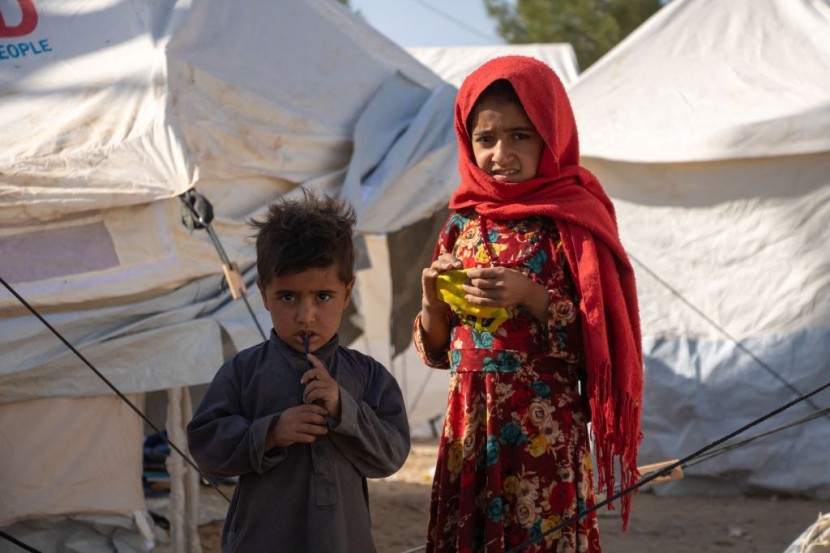
The United Nations World Food Program (WFP) issued an emergency plea for $19 million on Wednesday, October 18, to aid the thousands of people in western Afghanistan who have been displaced by the recent earthquakes and aftershocks.
Ana Maria Salhuana, the deputy country director for the WFP in Afghanistan, said that although the program is assisting survivors, it urgently needs additional financing since it is taking food from an already underfunded initiative. The organization claimed to be trying to feed 100,000 individuals in the area in need of immediate help.
The WFP has noted that disasters like these earthquakes push already impoverished families even farther into poverty.
Powerful Earthquakes Hit Afghanistan
After a series of massive earthquakes that killed hundreds of people and destroyed whole communities, another 6.3 magnitude tremor hit a region of western Afghanistan on Sunday, October 15.
It was the fourth quake of magnitude 6.3 recorded by the United States Geological Survey (USGS) in the same region in the span of a week, according to AP News.
The epicenter of the newest quake was located 30 kilometers (19 miles) from Herat, the capital of Herat province, and 6 kilometers (4 miles) below the surface.
The first quakes on October 7 were among the most severe in the country's recent history, destroying whole communities in Herat province.
WFP workers reportedly distributed fortified biscuits, pulses, and other food products to residents in devastated communities within hours after the first tremors.
The organization released a statement estimating the destruction to be about 25,000 structures. Tents have been set up near the ruins of people's houses because they are so desperate for shelter and so terrified of aftershocks.
UN experts estimated that women and children made up more than 90% of the total fatalities. The earthquakes occurred during the day while many males in the area were at work outside.
More than 2,000 people were reportedly killed in the preceding earthquakes, according to reports. Most of the deaths and destruction were concentrated in the Zenda Jan neighborhood, which was also the epicenter.
See Also : Afghanistan Earthquake: Cricket Star Rashid Khan Donates World Cup Pay to Earthquake Victims
In Anticipation of the Winter Season
With winter starting in a matter of weeks, the WFP has warned that impacted people may need assistance for months. It said that vulnerable communities' livelihoods would be rebuilt via a combination of emergency response and longer-term resilience measures, provided that sufficient funds were made available.
Earlier this year, the UN was obliged to limit the food families get and remove life-saving food aid from 10 million people in Afghanistan owing to a major financial shortage, AP News reported.
The agency urgently needs an additional $400 million to stock up on food supplies before the winter, when communities are sometimes cut off due to snow and landslides, and to continue its earthquake relief efforts.








